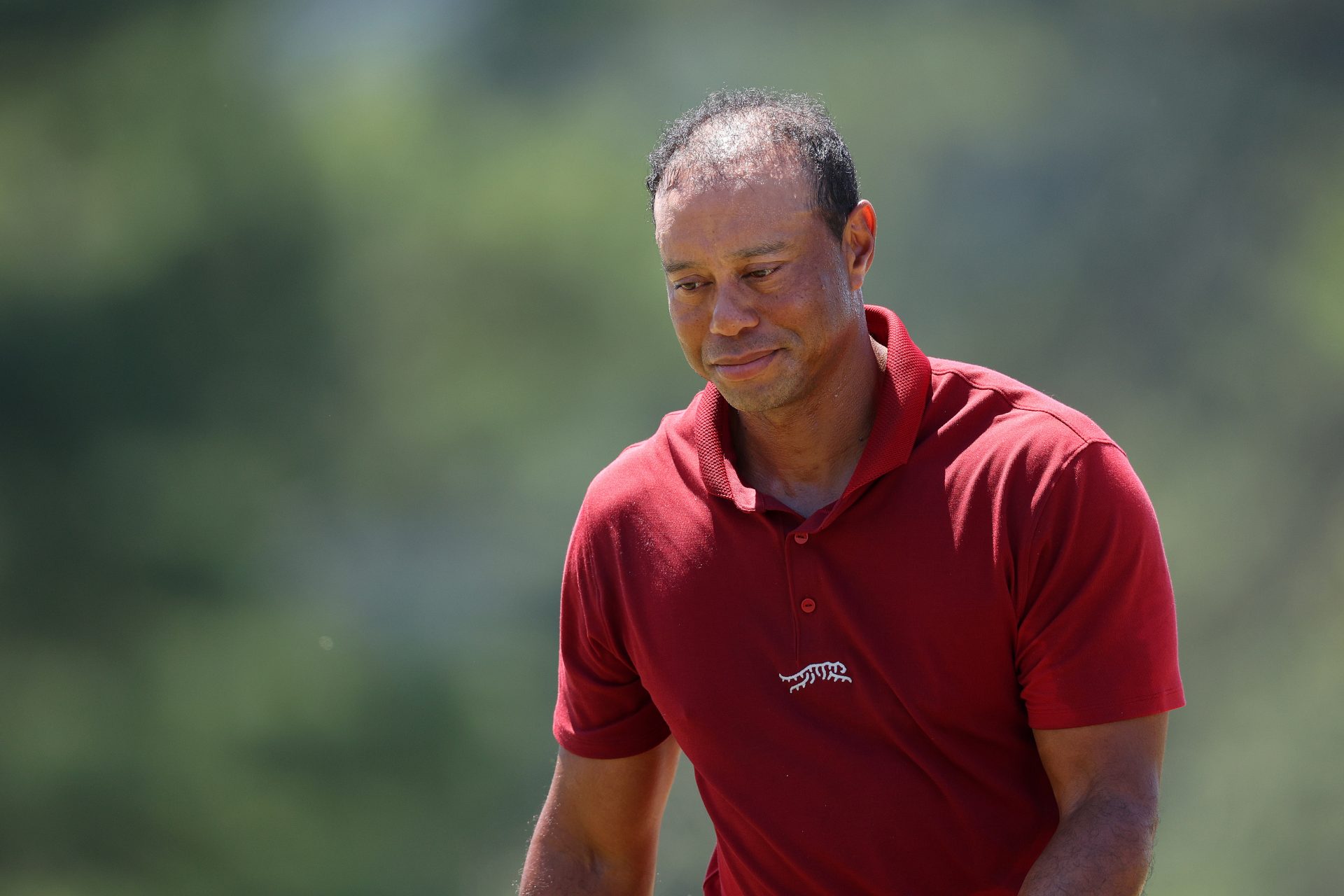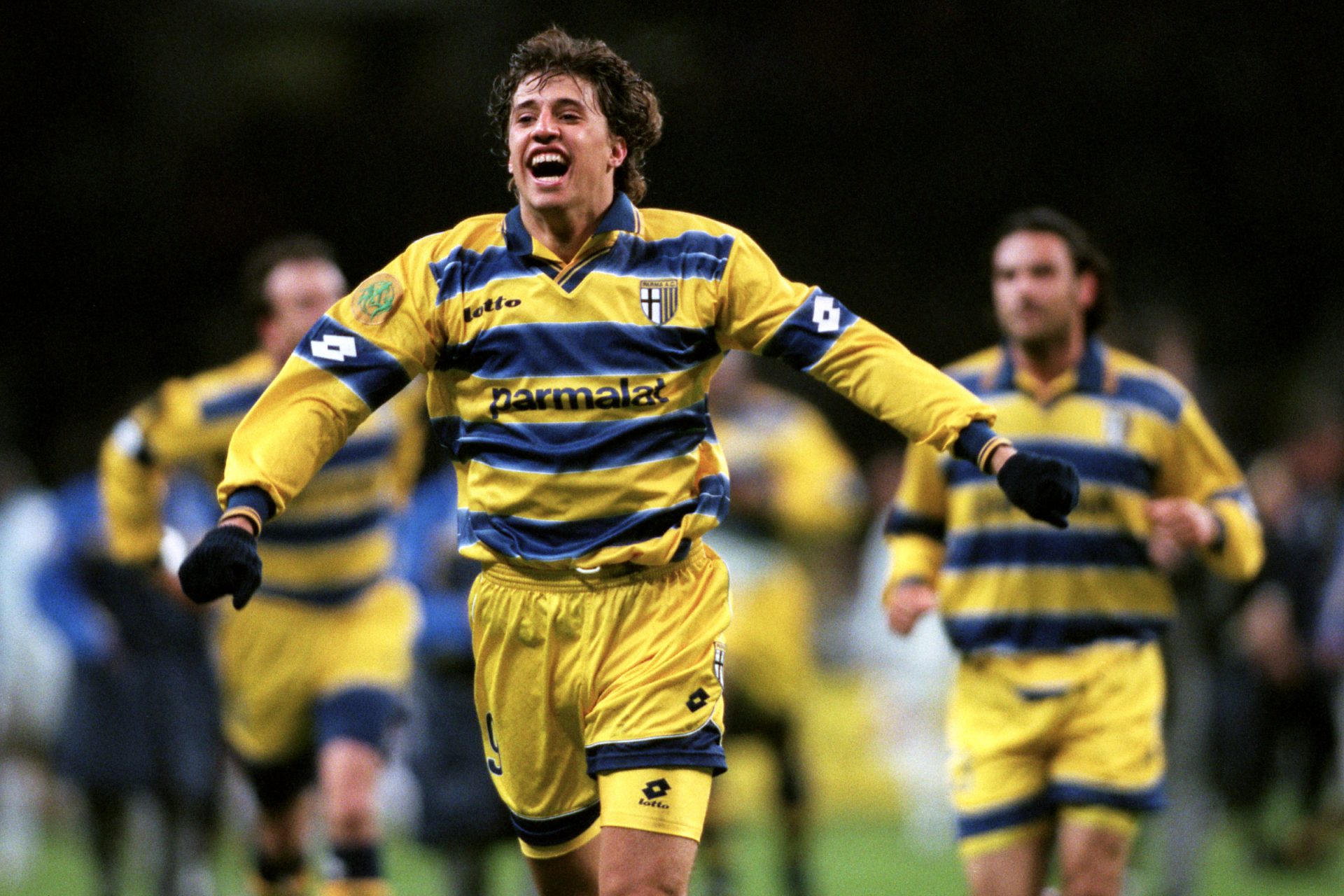A flashback to Dock Ellis's hazy no-hitter
When it comes to drugs and sport, substances like steroids, growth hormones and cutting agents are sought after by athletes – despite being prohibited by most competitions – due to their performance-enhancing qualities. Common recreational drugs, such as cannabis or alcohol, don’t often find themselves at the center of great sporting moments due to their impact on cognitive function.
And that’s especially true of LSD – a powerful psychedelic that causes hallucinations and distorted vision, an inability to focus with obscure, darting thoughts, a warped sense of time, and at its worse extreme paranoia and anxiety. Hardly sounds conducive to doing your best work right?
Photo by benjamin hershey on Unsplash. Edited by Sports Unlimited News.
Well in the curious case of Dock Ellis, an All-Star pitcher for the Pittsburgh Pirates, taking LSD before a game resulted in what could be considered the pitching performance of his life – throwing a no-hitter. Let’s take a look at exactly what happened that day and how one of the most infamous events in baseball came to be.
Dock Ellis was born on March 11, 1945, in Los Angeles, California. He grew up in poverty in a rough neighborhood, and baseball became his escape from the hardships of his childhood. Ellis was a talented athlete and was eventually scouted by the Pittsburgh Pirates in 1964.
He made his major league debut on June 18, 1968, and quickly became known for his fastball and his willingness to throw inside to intimidate batters.
Throughout his career, Ellis struggled with addiction and was known for his off-the-field antics. He was suspended several times for drug use, arrested for public intoxication and eventually ordered to undergo rehabilitation. However, he remained a popular and charismatic player, known for his colorful personality and his ability to speak his mind.
In the late 1960s and early 1970s, LSD was a popular drug among counterculture figures, including musicians, artists, and activists. The drug was believed to expand consciousness and promote creativity, and many people experimented with it as a form of self-exploration. Ellis was no exception – he was known for his interest in drugs, and had experimented with LSD before.
On June 10 1971, Ellis, alongside his Pirates teammates were in San Diego for their first west coast road trip of the season. Being just a short trip back to his hometown of LA, and since the team had a day off the following day, Ellis decided to rent a car and do a bit of partying with some friends back home. Ellis reportedly dropped a tab of LSD to time it right for his arrival in L.A.
Photo by Pietro De Grandi on Unsplash
According to Ellis’ account, as reported by the Guardian, he partied with his friends, drinking and smoking cannabis throughout the night. After waking from what he thought was a catnap, the pitcher decided to drop more acid believing it still to be Thursday.
Photo by Jeffrey Riley on Unsplash.
He was soon informed by a friend – who happened to read in a newspaper – that not only were the Pirates scheduled to play a doubleheader in San Diego against the Padres that day, but Ellis was scheduled to pitch – and had just four hours to get there!
Photo by Melpo Tsiliaki on Unsplash.
Managing to catch a last-minute flight to San Diego, Ellis arrived in time for the 6pm game on June 12, but by this time the second round of LSD was really in full effect. He explained the experience in 1984 to the New York Times:
Photo by Hanson Lu on Unsplash. Edited by Sports Unlimited News.
I can only remember bits and pieces of the game,” Ellis recalled. “I was psyched. I had a feeling of euphoria. I was zeroed in on the [catcher’s] glove, but I didn’t hit the glove too much. I remember hitting a couple of batters, and the bases were loaded two or three times. The ball was small sometimes, the ball was large sometimes, sometimes I saw the catcher, sometimes I didn’t.
“I started having a crazy idea in the fourth inning that Richard Nixon was the home plate umpire. And once I thought I was pitching a baseball to Jimi Hendrix, who to me was holding a guitar and swinging it over the plate.”
Photo by Chris Chow on Unsplash. Edited by Sports Unlimted News.
“Sometimes, I tried to stare the hitter down and throw while I was looking at him. I chewed my gum until it turned to powder. They say I had about three to four fielding chances. I remember diving out of the way of a ball I thought was a line drive. I jumped, but the ball wasn’t hit hard and never reached me.”
Photo by Brandon Mowinkel on Unsplash. Edited by Sports Unlimited News.
It was not exactly a pitching masterclass, as Ellis recorded more walks (eight) than strikeouts (six), hit another batsman, and allowed three stolen bases. But with all this confusion, fear and disorientation, it’s incredible that he was able to pitch a ball at all, let alone record a no-hitter.
Photo by Jose Francisco Morales on Unsplash. Edited by Sports Unlimited News.
No-hitters, while not rare, aren’t exactly common either. A no-hitter occurs when a single pitcher throws a complete game of at least 9 innings (27 outs) without giving up a hit to the opposing team. MLB has recognized 318 no-hitters thrown since 1876, 23 of which were perfect games with no runner able to reach a base, according to MLB.
Ellis’ no-hitter, while not the most technically impressive, has gone down in folklore due to its sheer absurdity – as well as being a triumph over adversity, self-inflicted or otherwise.
He may have been as well prepared for this situation as anyone could though, as Ellis, by his own admission regularly played under the influence of alcohol and benzedrine, a stimulant. “Some of the best games I pitched, I was hungover. I played every game high. Every game on speed. There wasn't a pill I didn't take. I took them all,’ he told The New York Times in 1984.
For his part, it was never something Ellis was too comfortable with. He had initially told the story for a biography published in 1976 but pulled the story from the manuscript at the last minute due to fears of public backlash. He only made the story public in 1984 – 14 years after the event.
The pitcher eventually cleaned up his act and became the coordinator of an anti-drug program in Los Angeles and later speak of his regret at the incident because of how it tied him to his addiction issues, and how it “robbed him of his greatest professional memory”.
Dock Ellis died December 19 2008 in Los Angeles after battling with liver cirrhosis, and while he will always be remembered for the no-hitter and the circumstances around it, he was incredibly proud of the path he took in his post-playing career, which also included work rehabilitating black inmates and starting the Black Athletes Foundation for Sickle Cell Research
More for you
Top Stories


































